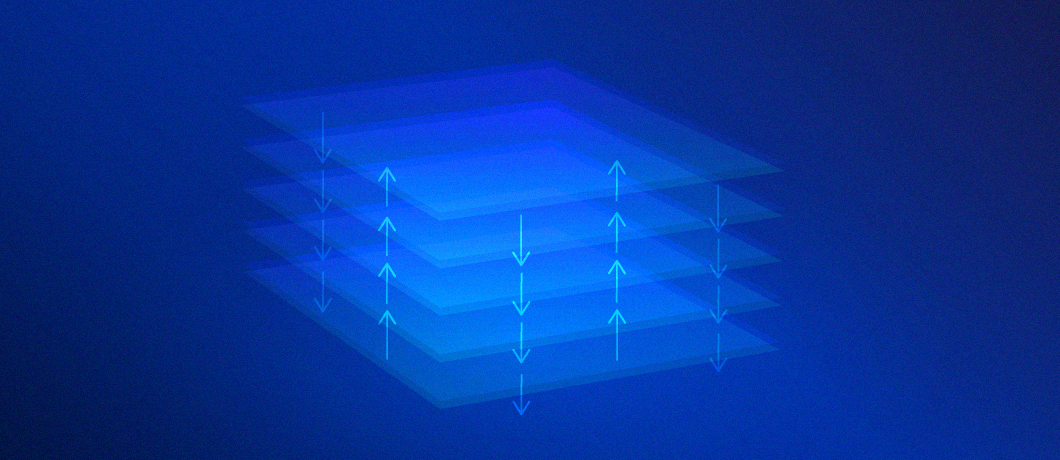| Getting your Trinity Audio player ready... |
Handling each layer separately
So we have transport (wireline, wireless, copper, fiber) for layer 1, switching gear for layer 2, and routers for layer 3. Since we, networking people, tend to lose interest when it comes to layers 4 and above, let’s just mention that there are some servers and/or appliances that handle functionality for layers 4-7.
When you look at a modern telecom site, though, especially at the edge, you can easily understand that this separation comes with a price.
Layer separation comes with a price
In particular, there is a need for layer-1 DWDM terminal multiplexers with transponders that shift the “gray” optics coming out of the routers into specific lambdas that run through the DWDM optical network. This impacts cost in the shape of the equipment itself, floor space (which is scarce and pricy at edge sites), power, AC, etc., etc.
So, it is time to collapse layers 1-3 into a single device. For a long time, layers 2 and 3 have been handled by the same devices. But now, with the introduction of technologies like ZR, ZR+ and OpenXR, you can have these transponders and terminal multiplexers simply eliminated and replaced by small form factor plug-ins (typically QSFP-DD pluggables). This saves power, space, and lots and lots of money.
Leverage the reshaped network architecture
In order to leverage the full benefits of this reshaped network architecture, you need a platform that can accommodate ZR/ZR+ optics in terms of hardware and software. Moreover, you need a platform that does not limit you to a specific optical vendor.
This platform is DriveNets Network Cloud.
Last September, DriveNets announced that DriveNets Network Cloud was the first Disaggregated Distributed Chassis/Backbone Router (DDC/DDBR) to support ZR/ZR+ optics as native transceivers that can be inserted into any Network Cloud-supported white boxes.
This week, DriveNets announced, together with Acacia, some additional benefits to the Network Cloud 400G ZR/ZR+ solution:
- The joint solution will deliver significant simplicity and cost savings by collapsing layer-1 to layer-3 communications into a single platform.
- The use of 400ZR/ZR+ eliminates the need for stand-alone optical transponders, lowering the number of boxes in the solution, and reducing operational overhead, floor space, and power.
- DriveNets and Acacia have worked together to ensure that the DriveNets NOS (DNOS) supports the 400ZR/ZR+ modules beyond simply plugging them into the box. The collaboration ensures the 400ZR/ZR+ modules can be tunable, configurable, and manageable by DriveNets Network Cloud software.
- This integration also goes beyond interoperability validation. DriveNets Network Cloud offers full software support for the Acacia modules, including configuration (channel and power), monitoring, and troubleshooting for Acacia Bright 400ZR+ transceivers with transmit power greater than +1dBm.
This is just one example of the work we do with optical vendors to make sure that you, the operators, have the freedom to collapse network layers.
Download
5 Lessons Learned from Large Network Deployments




